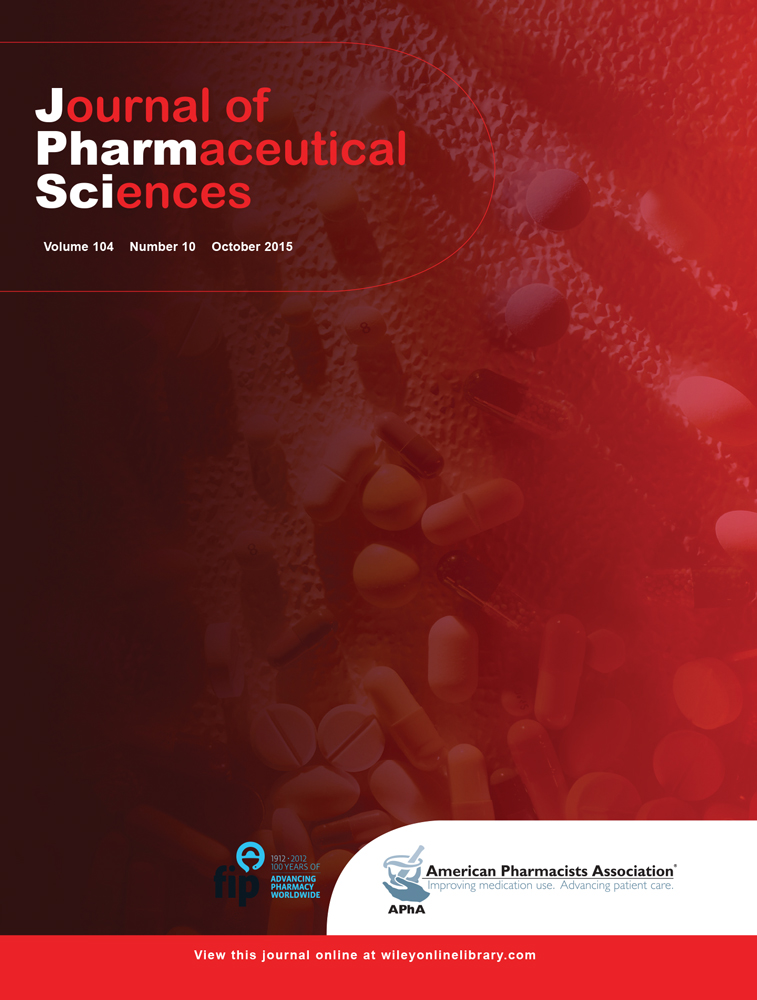Development and Characterization of a Biocompatible Soybean Oil-Based Microemulsion for the Delivery of Poorly Water-Soluble Drugs
Abstract
The aim of this work was the development and characterization of a biocompatible microemulsion (ME) containing soybean oil (O), phosphatidylcholine/sodium oleate/Eumulgin®HRE40 as the surfactant mixture (S) and water or buffer solution as the aqueous phase (W), for oral delivery of the poorly water-soluble drugs sulfamerazine (SMR) and indomethacin (INM). A wide range of combinations to obtain clear oil-in-water (o/w) ME was observed from pseudo-ternary phase diagrams, which was greater after the incorporation of both drugs, suggesting that they acted as stabilizers. Drug partition studies indicated a lower affinity of the drugs for the oil domain when they were ionized and with increased temperature, explained by the fact that both drugs were introduced inside the oil domain, determined by nuclear magnetic resonance. High concentrations of SMR and INM were able to be incorporated (22.0 and 62.3 mg/mL, respectively). The ME obtained presented an average droplet size of 100 nm and a negative surface charge. A significant increase in the release of SMR was observed with the ME with the highest percentage of O, because of the solubilizing properties of the ME. Also, a small retention effect was observed for INM, which may be explained by the differences in the partitioning properties of the drugs. © 2015 Wiley Periodicals, Inc. and the American Pharmacists Association J Pharm Sci 104:3535–3543, 2015




